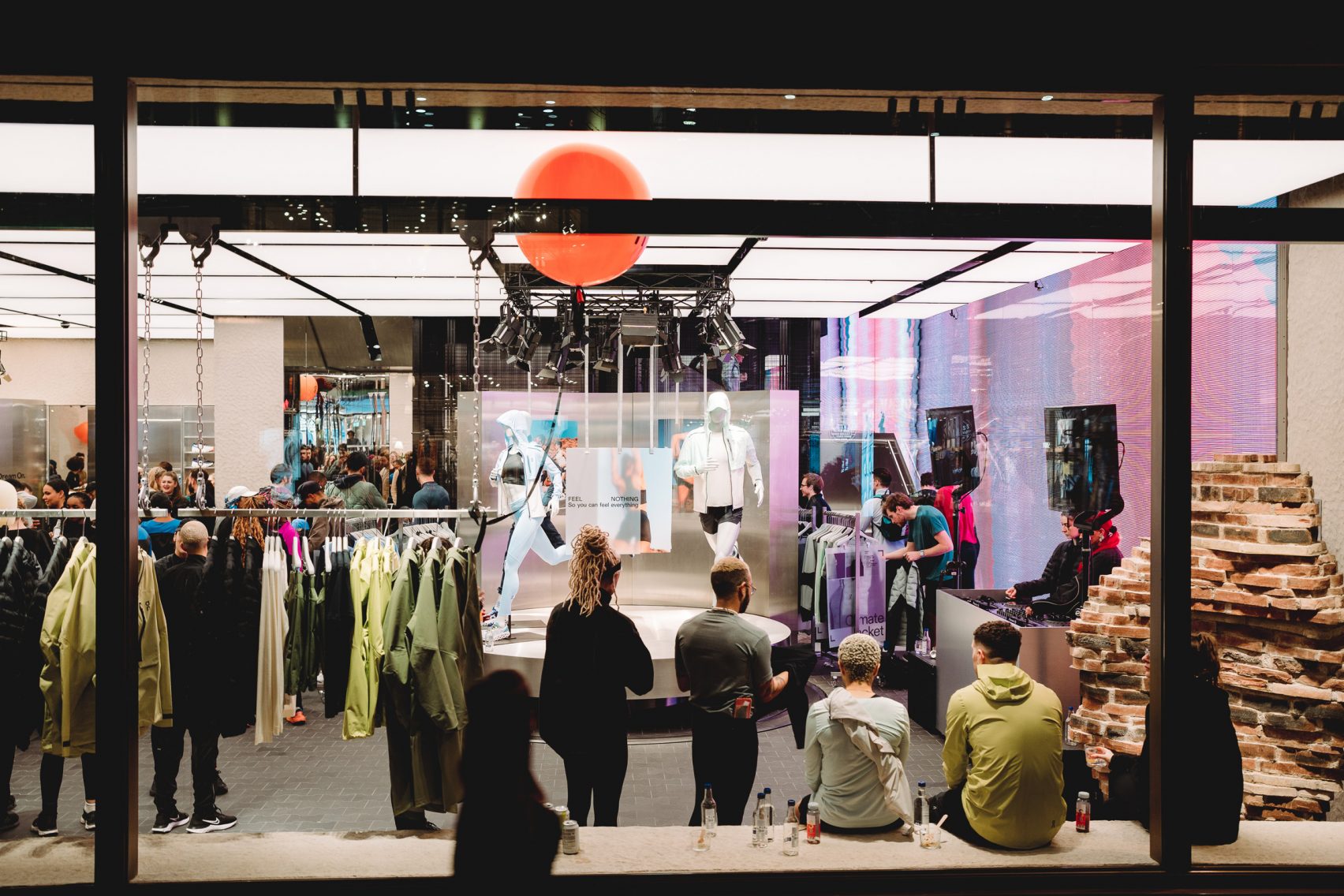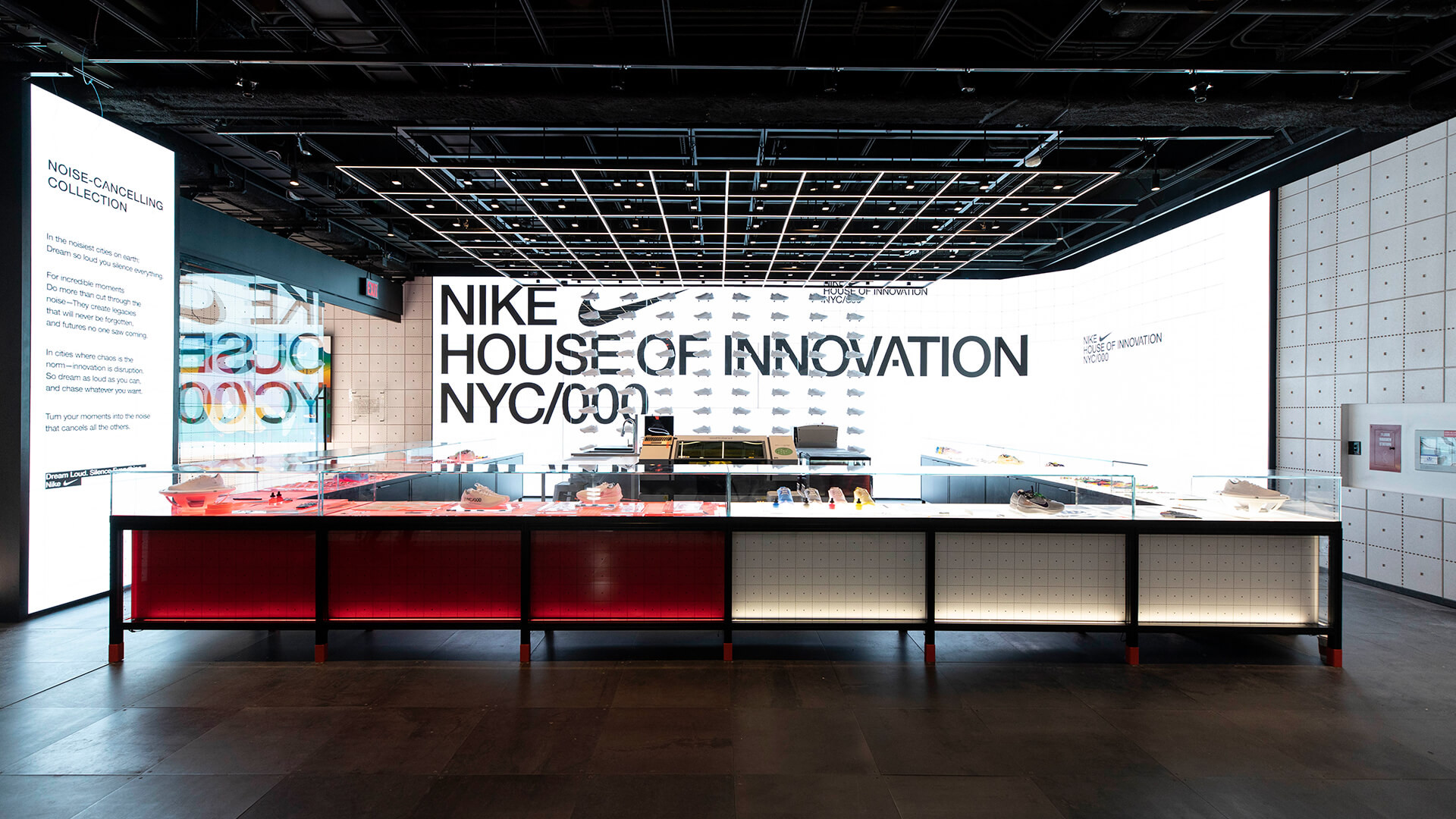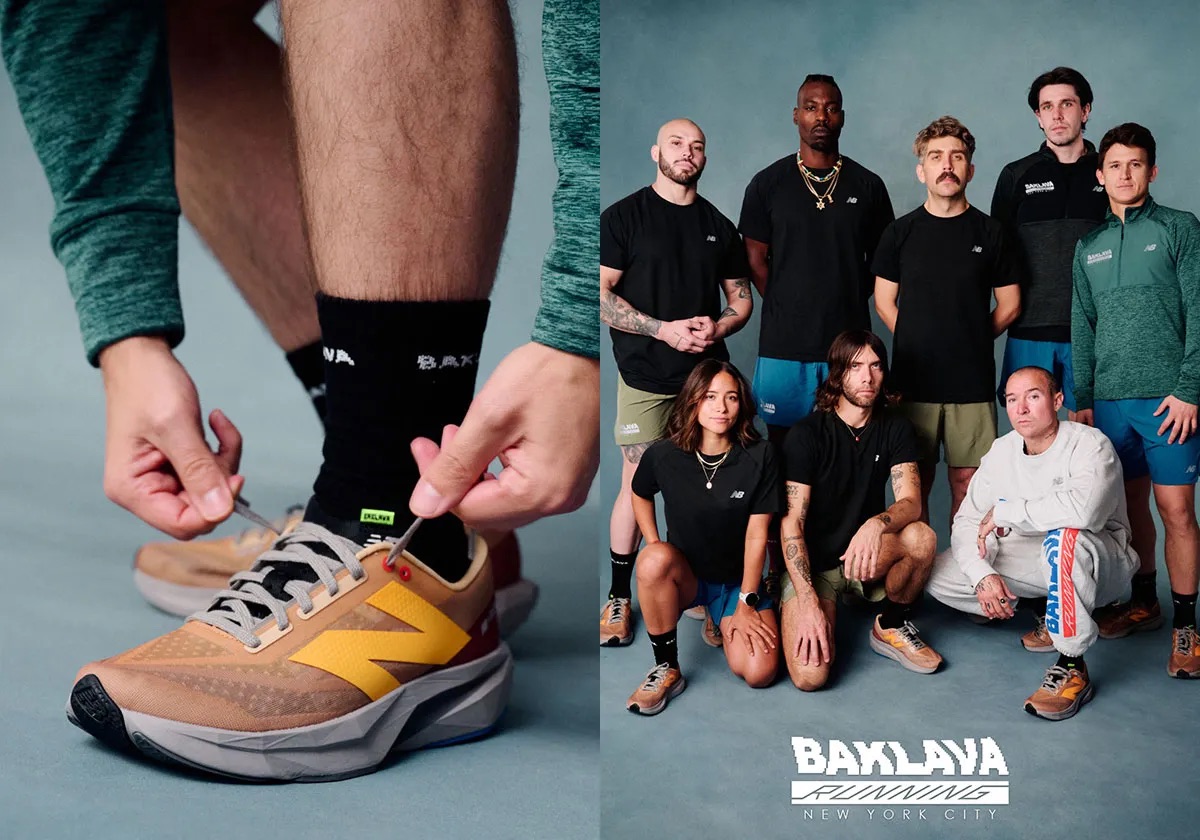Are sports brands innovating too fast for their own good?
In the race to stay relevant, many brands, particularly in the world of sport, are leaning hard into novelty: eye-catching collabs, experimental silhouettes, limited drops. It's exciting. It works. But does it endure?
Speedboats & Tankers: A Smarter Metaphor for Brand Portfolios
To make sense of the tension between the old and the new, we borrow a familiar analogy from the world of business innovation: speedboats and tankers.
Typically, this metaphor is used to contrast nimble startups (speedboats) with slower, process-heavy incumbents (tankers). But when applied to a brand's product portfolio, it becomes even more powerful.
Speedboats are the fast, flashy, forward-leaning projects. They're experimental, agile, sometimes high-risk. Think of the new collaborations, breakthrough technologies, surprising design twists. Speedboats capture attention, especially from younger, style-conscious consumers hungry for what's next.
Tankers, by contrast, are the commercial core. Reliable, proven, quietly essential. These are the classic silhouettes, the heritage models, the products that carry the brand's DNA and generate long-term trust and loyalty.
A healthy portfolio needs both.
Too many tankers? The brand risks feeling stale. Too many speedboats? It becomes hard for consumers to trust what the brand stands for. The art is in building resonance without redundancy.
And yet, if you look at the current landscape, many sports brands are leaning heavily toward speedboats. The pressure to stand out on social media, to generate buzz, to deliver "newness" every season is real. But innovation without anchoring can be exhausting. For brand managers, the real question becomes: how do we keep moving fast without drifting off course?

How the Best Brands Get the Balance Right
This is where portfolio thinking becomes critical.
Take New Balance. Long known for its classic grey 990 series, the brand built its reputation on tankers: dependable, dad-core silhouettes with cult-like appeal. But in recent years, it's expanded its speedboat fleet-partnering with designers like Teddy Santis, musicians like Action Bronson and brands like Aimé Leon Dore. The result? A brand that still feels trustworthy, but now carries serious fashion clout.
On the flip side, there's On Running. With its space-age soles and future-leaning brand language, On has rocketed to cult status with its speedboat strategy. But if it wants to build beyond recent successes, it now faces the challenge of establishing its own tankers - the iconic, go-to models that can stand the test of time.
This isn't just a challenge for sports brands. Whether you're in beauty, beverages or banking, the question of how to balance innovation and core is vital to long-term growth. Too much of the former and you can lose yourself to novelty, and too much of the latter and you can end up feeling stale.

Strategic Segmentation: Assigning Roles Within Your Portfolio
One way to sharpen this balance is to assign specific parts of your portfolio (sub-categories or sub-brands) to play different roles.
For some brands, a particular sport, like basketball or skateboarding, might become the testbed for innovation and bold design. For others, Fashion and Lifestyle might act as the tanker, holding heritage weight while technical performance categories explore the edge of possibility.
This kind of strategic segmentation allows a brand to be both consistent and dynamic, building trust while still pushing boundaries.

Charting Cultural Waters
But to truly plot the right course, brands need cultural understanding. It's not just about what you make, but how it resonates and endures within the broader tides of consumer behaviour.
Fast-moving culture is what speedboats are built for: memes, drops, trends, virality, high-heat initiatives. But this fades quickly. In contrast, slow-moving culture - the deeper, more structural forces shaping consumer identity - is what tankers need to reflect. The brands that do both well are the ones that build relevance now, and resonance over time.
Understanding these cultural currents is what helps us chart the oceans our speedboats and tankers are navigating. Fast-moving culture brings opportunities to ride the good tides: bursts of attention, spikes in demand, a surge of energy around something fresh. But slow-moving culture defines the seas we must weather: economic shifts, generational identity, deeper beliefs and values that endure across trends.
So the challenge becomes two-fold:
- Map your portfolio and its path - Pinpoint your speedboats and your tankers. Are they working in harmony or pulling in different directions? Do they provide a coherent if not consistent set of brand propositions?
- Understand your cultural positioning - What deeper currents are your brand aligned with? Are you building cultural relevance for today and resilience for tomorrow?
Because in a sea of launches, only a few vessels will truly endure. It takes more than speed to win the long race.


